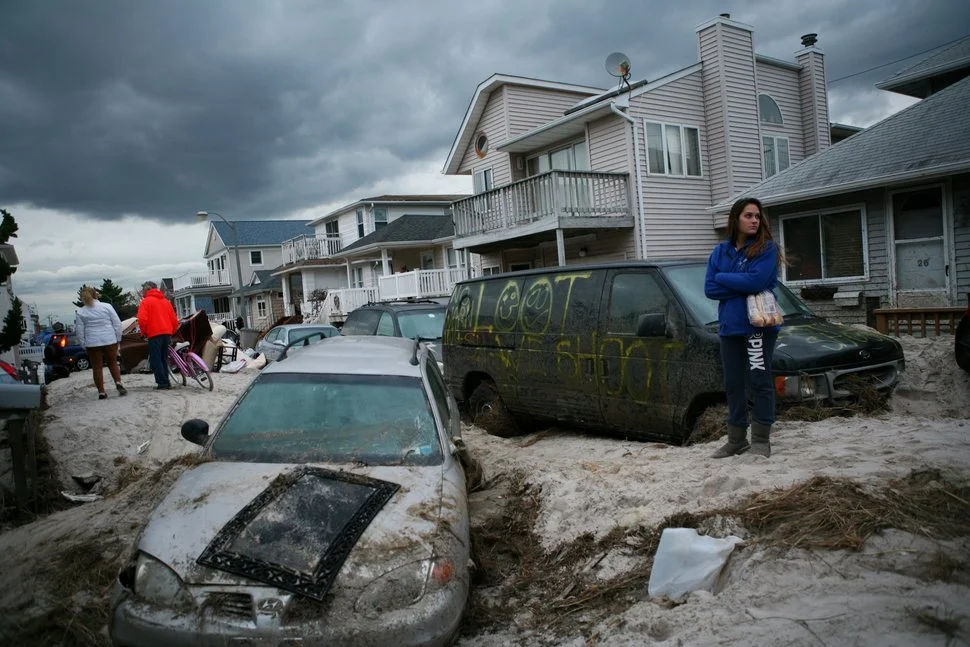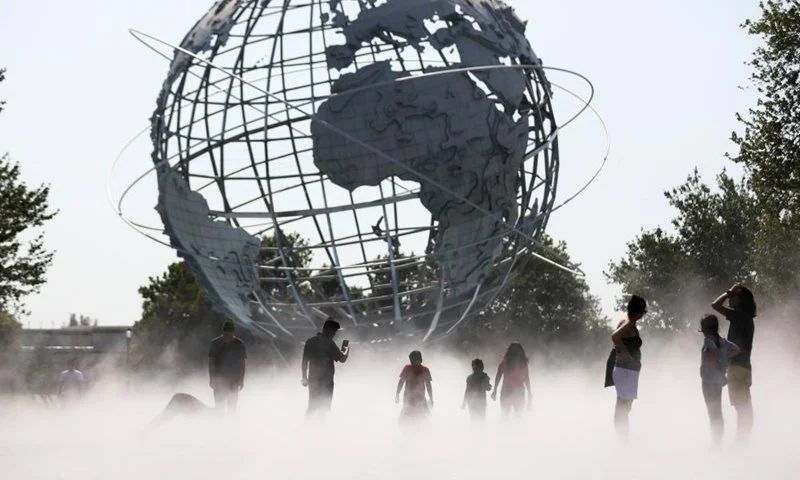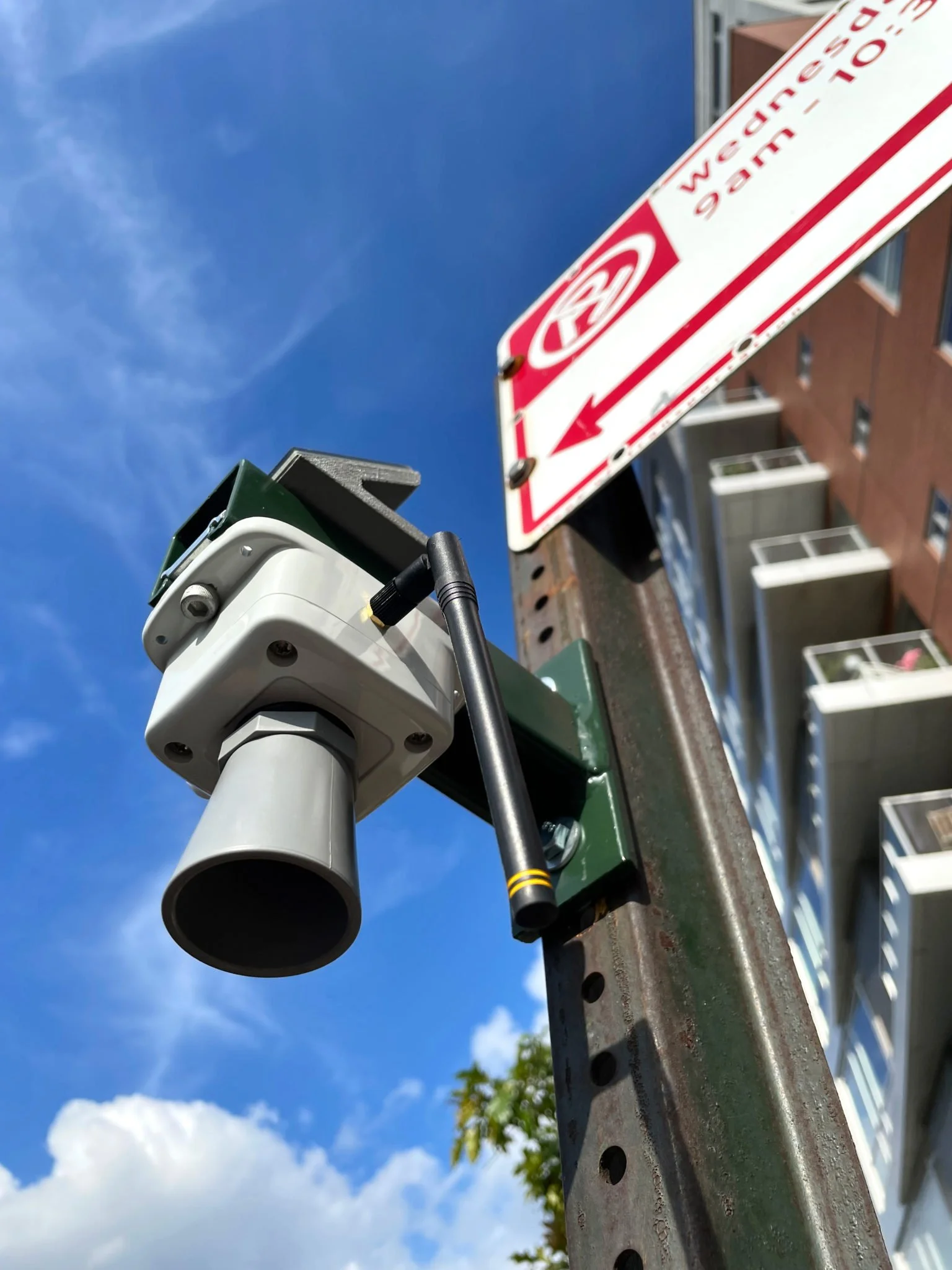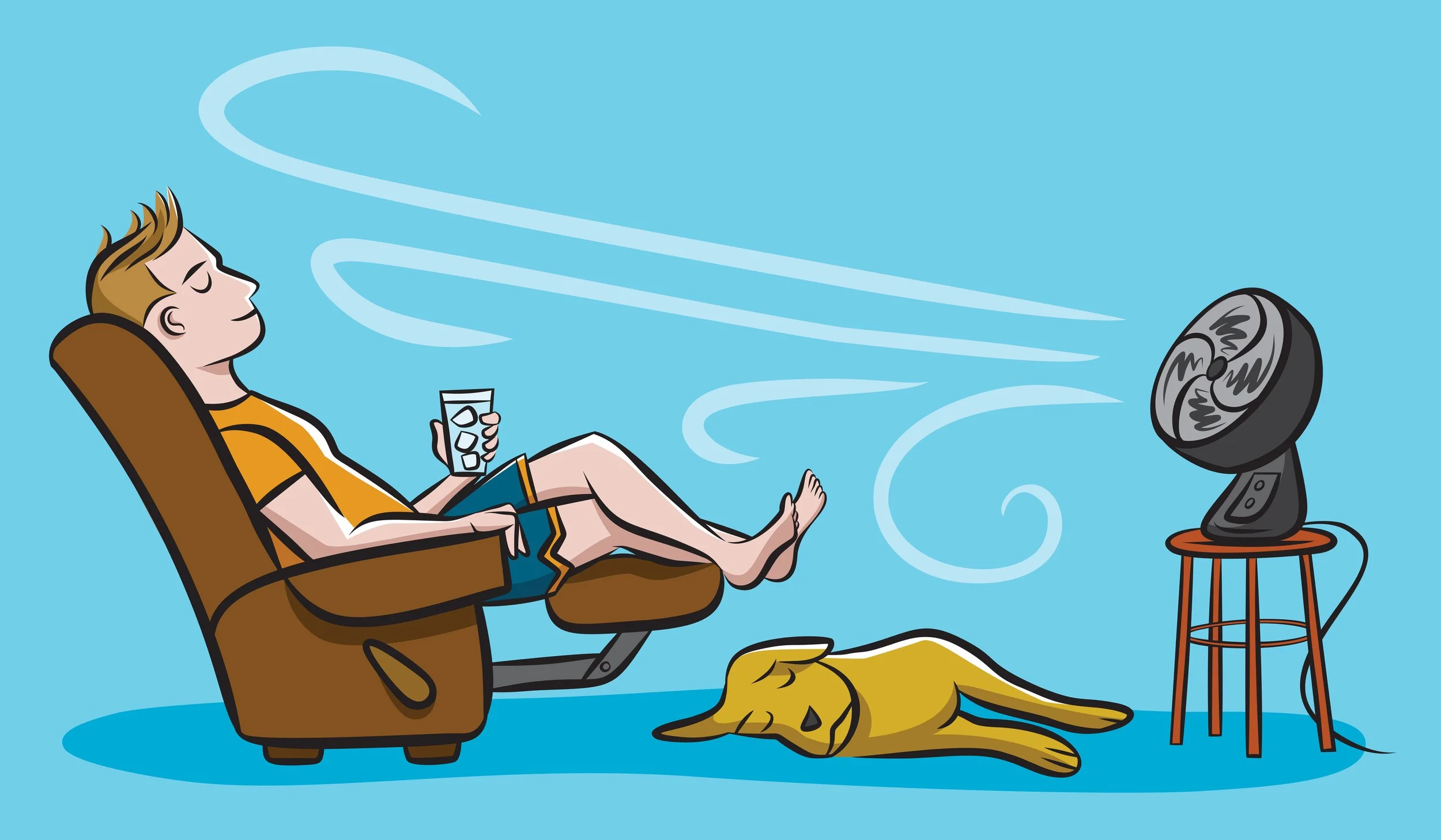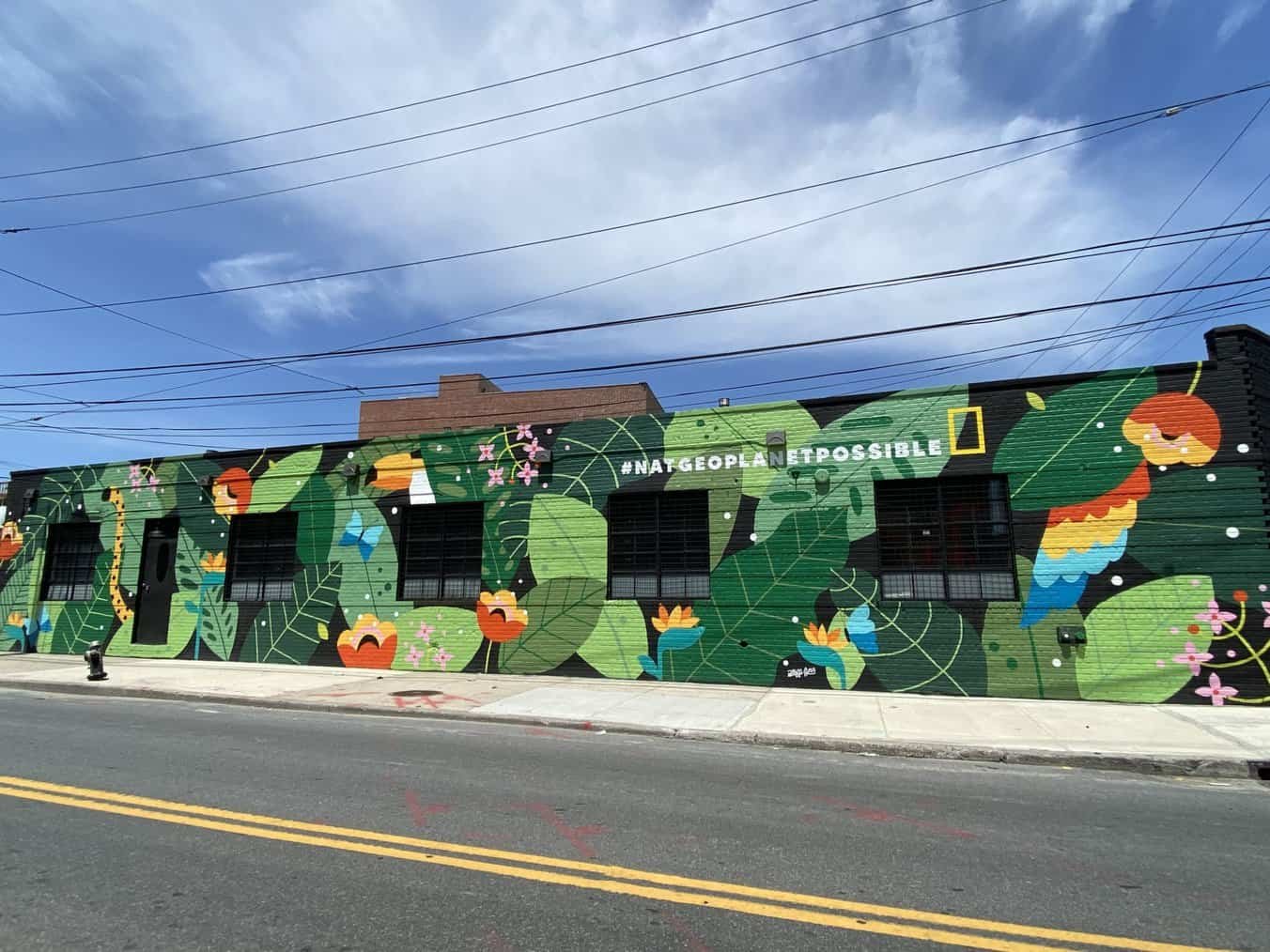New York needs to stop using fossil fuels immediately
and move towards a renewable source of energy in order to limit the inevitable and devastating impact of climate change.
The latest United Nations climate change report predicts that low-lying coastal cities like New York City are grim. There will be more deadly heatwaves, sea level rises that could destroy parts of Lower Manhattan and become inhabitable during this generation if no action is taken to limit global warming.
“You’re going to have to move faster — every city is going to have to move faster.
We’re putting greenhouse gases into the atmosphere and that has to stop or places like New York City are going to have huge problems.”
”
Representatives from 195 UN member countries met over the last two weeks to come to a consensus on how global warming is influencing nature, agriculture, and human health. The report also works as a roadmap for lawmakers to assist them in making significant changes.
It's time to act now or low-lying coastal cities like New York, which are at the highest, could expect a future fraught with even hotter temperatures and more flooding from sea level rise, intense storms, and increased rainfall.
People cool off during a heatwave in the mist garden near the Unisphere in Flushing Meadows Corona Park, August 13th, 2021 | Global Times
The planet is at a tipping point and some of its fallout is already irreversible. Even with reduced greenhouse gas emissions, the odds are now greater than 50% that global warming may approach or surpass 1.5 degrees Celsius by 2040. The planet is already, on average, 1.1 degrees Celsius warmer than 1850-1900 levels and is on pace to reach 2 degrees or more, according to Kohler.
For the New York metropolitan area, the climate forecast involves longer, hotter, and more frequent heatwaves. The report lays out how these changes would affect human physical and mental health. Over the past decade, it has been estimated that there were 350 heat-related deaths every year in NYC.
The IPCC report explains how these patterns will worsen over time. It will affect how often we can go outside for work or recreational activities because the temperatures would be too hot to tolerate. This is a serious concern for the city. Within its urban landscape, the concrete and asphalt are incredibly heat-absorbent and can raise the daytime temperatures up to 7 degrees Fahrenheit and up to 5 degrees in the evening.
Extreme flooding is estimated to increase by 20% if sea levels rise roughly 6 inches more than 2020 levels by 2040, according to the IPCC report. Storms have become much bigger and the sea level rise turns a moderate storm into a disaster because the water penetrates so much farther inland.
Subways, ferries, and sewers would also be affected.
The flooding would be exacerbated by the increased frequency and intensity of storms. Wastewater treatment systems could be compromised too. If the sea level rises. the saltwater destroys pumps and electrical parts of treatment plants.
Climate change will also impact upstate and influence the five boroughs too. The city gets its supply of drinking water from as far as 125 miles away, from the Catskills and Delaware watersheds.
“Climate change needs to be central to all the decision-making we do from here on out.
”


